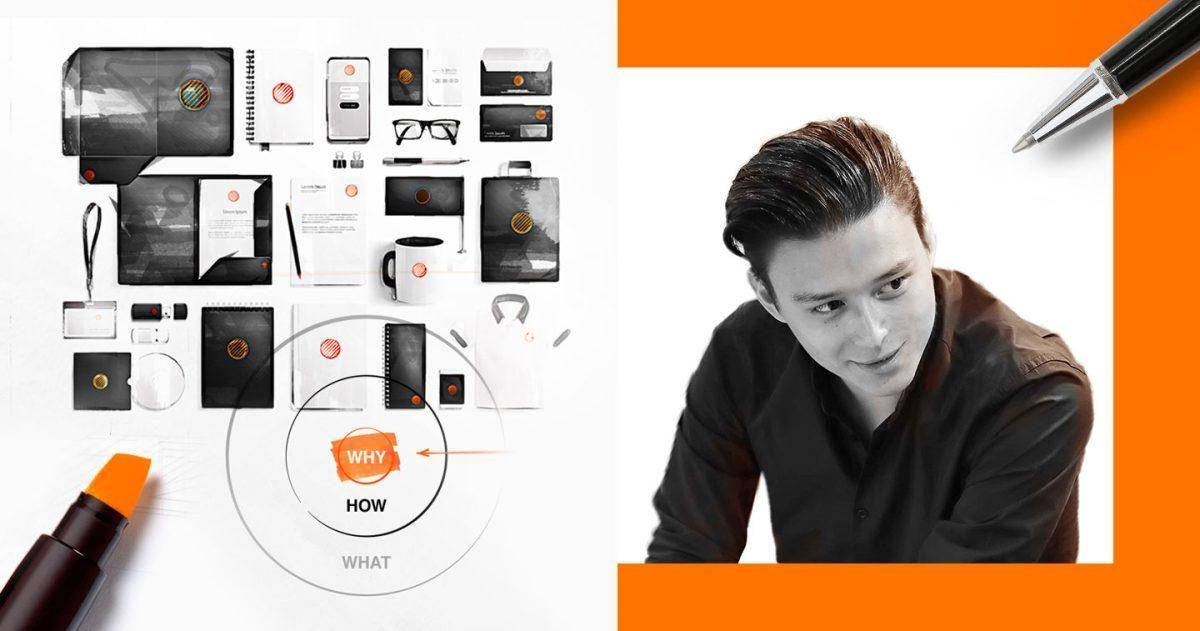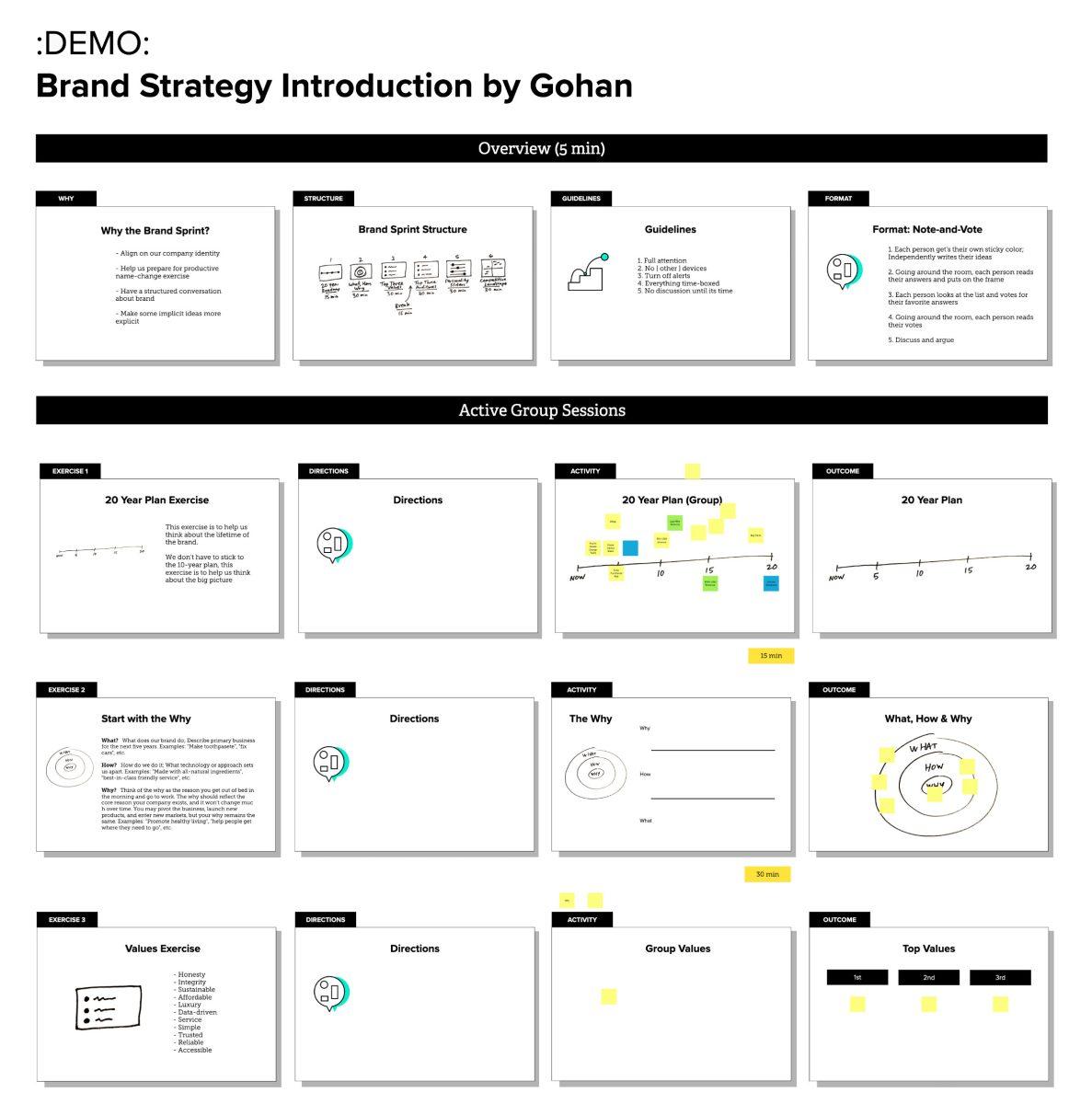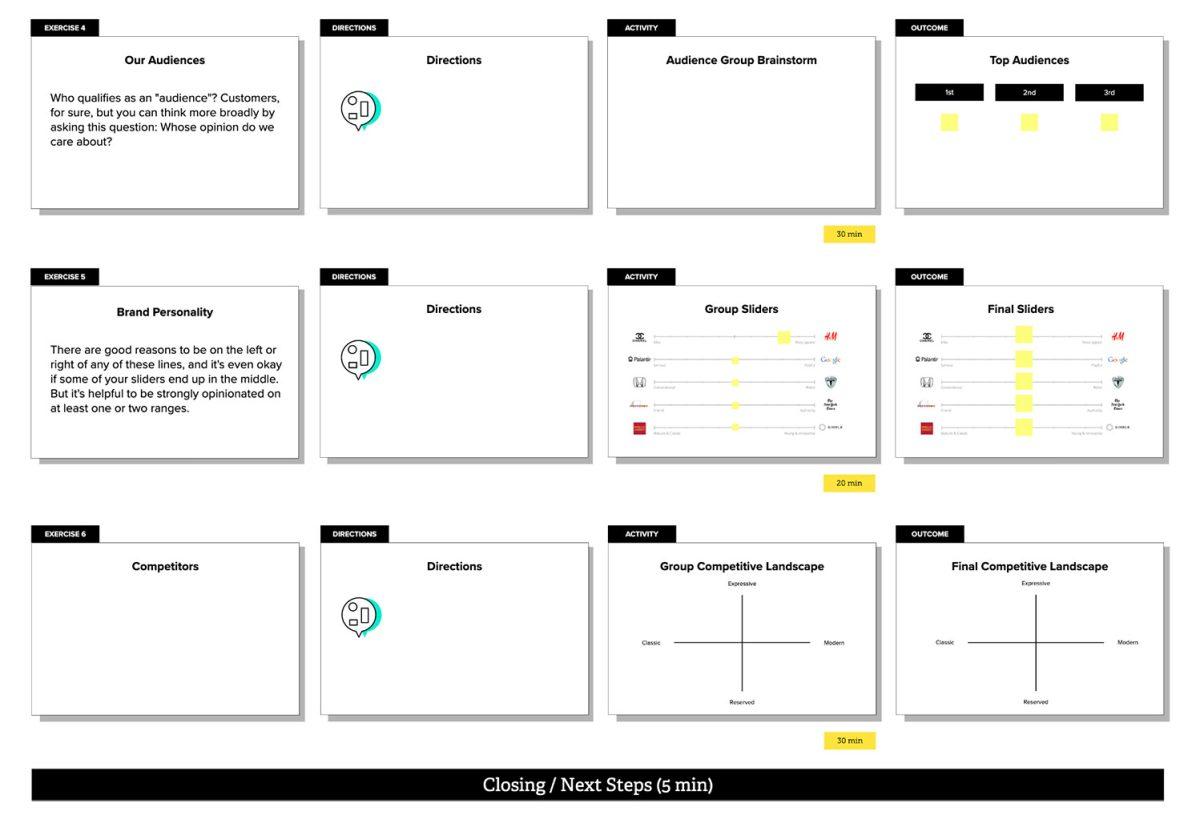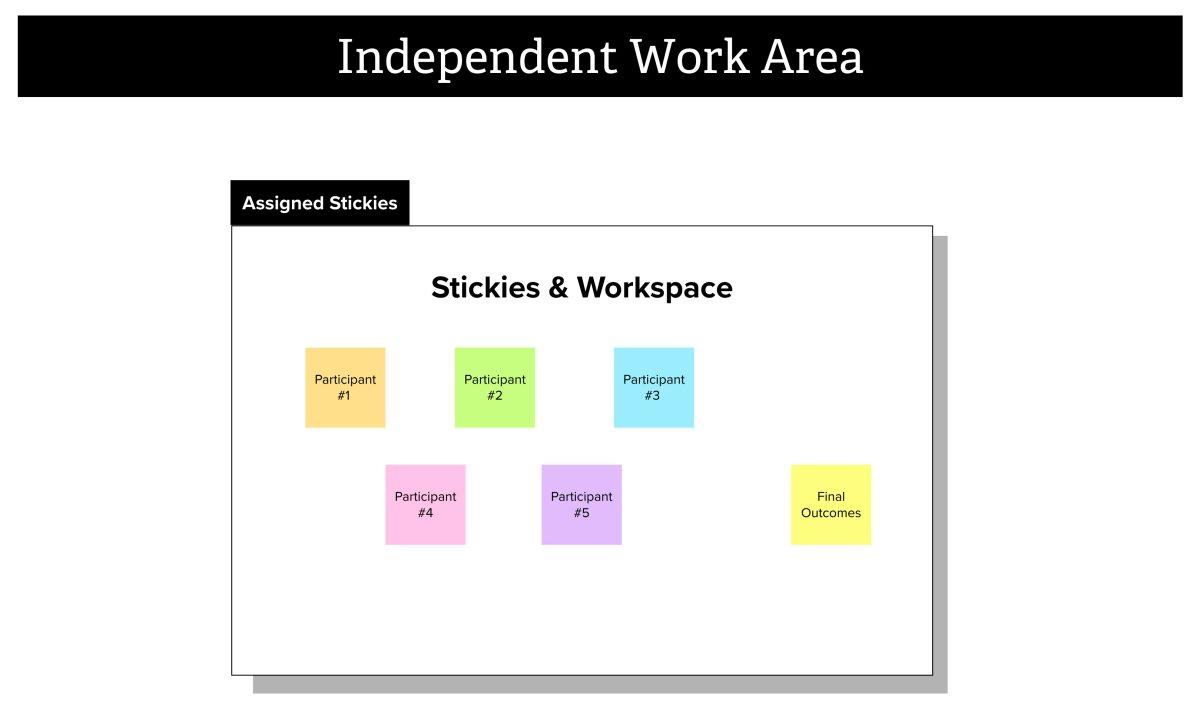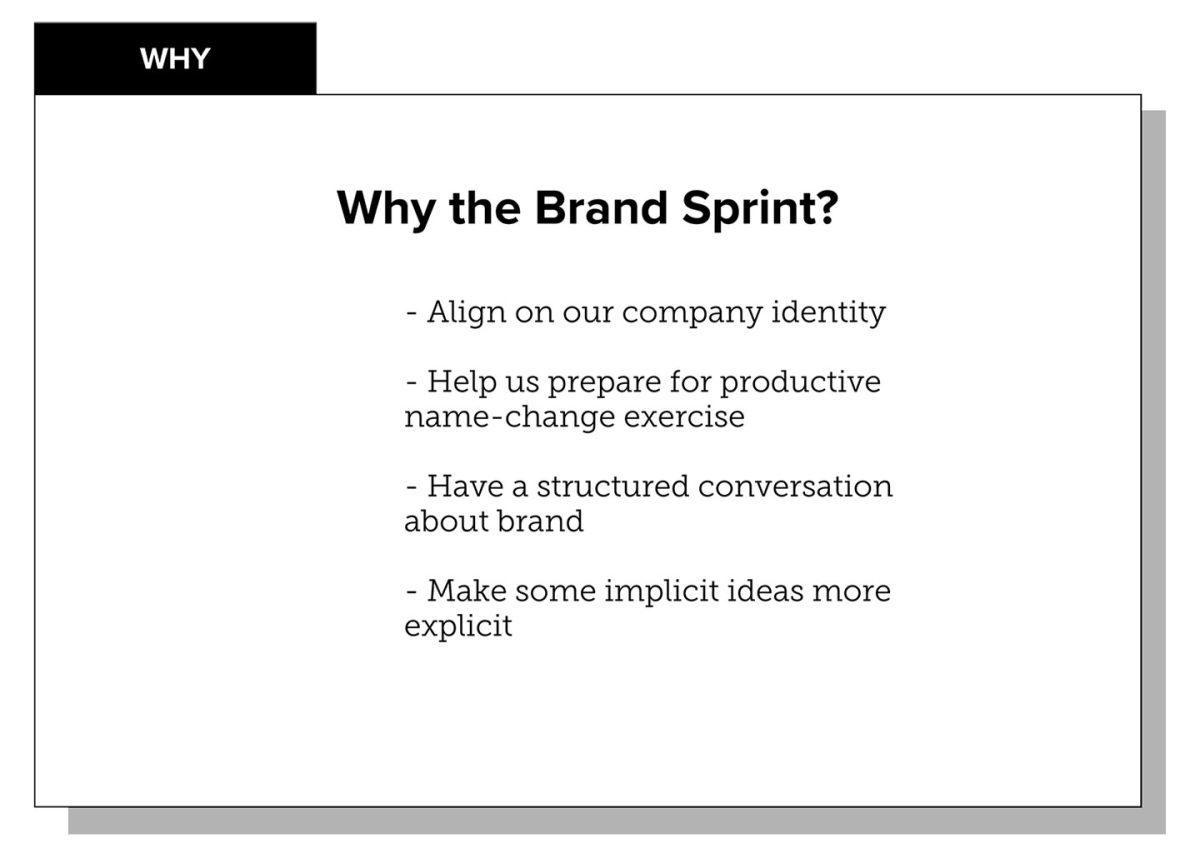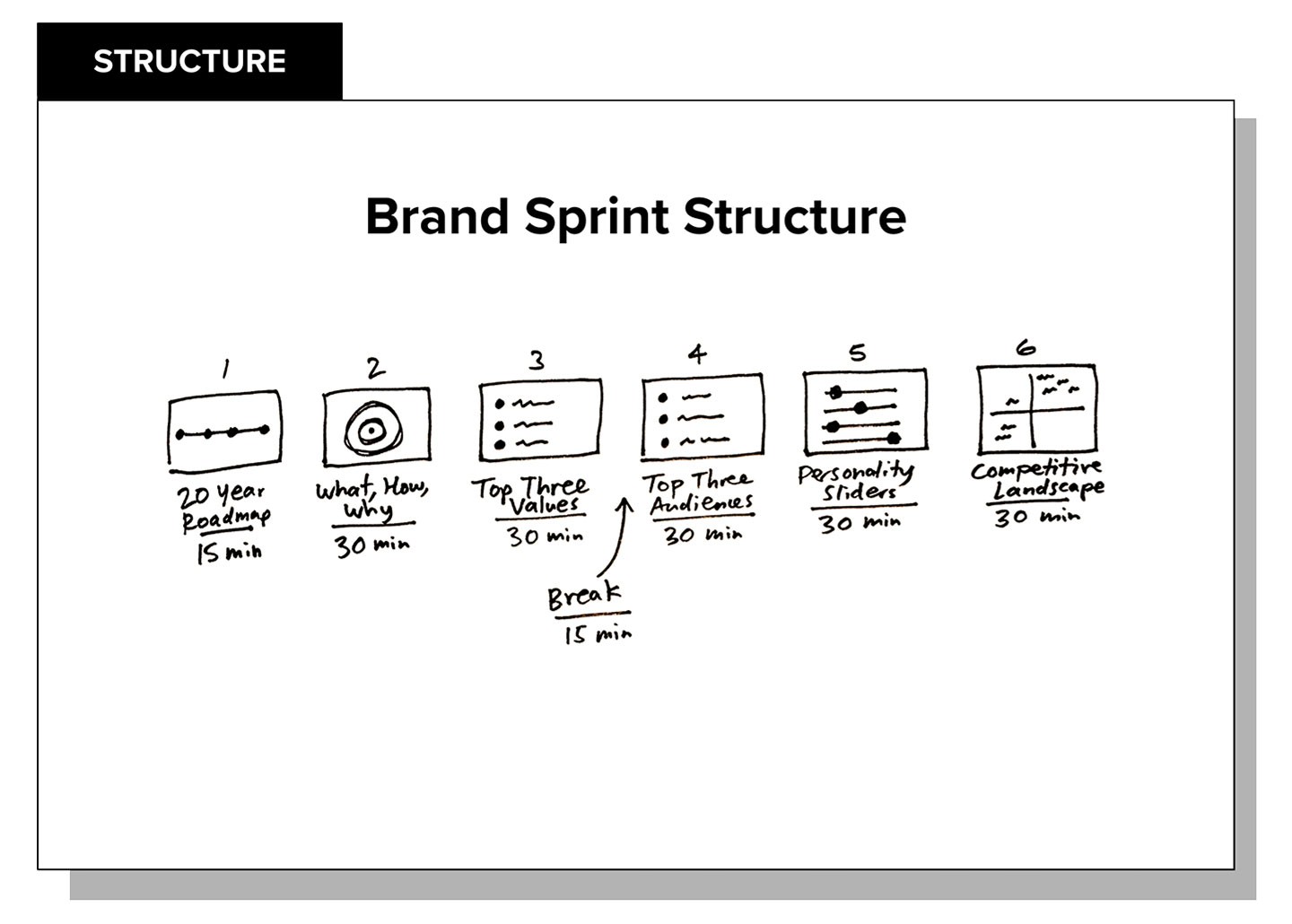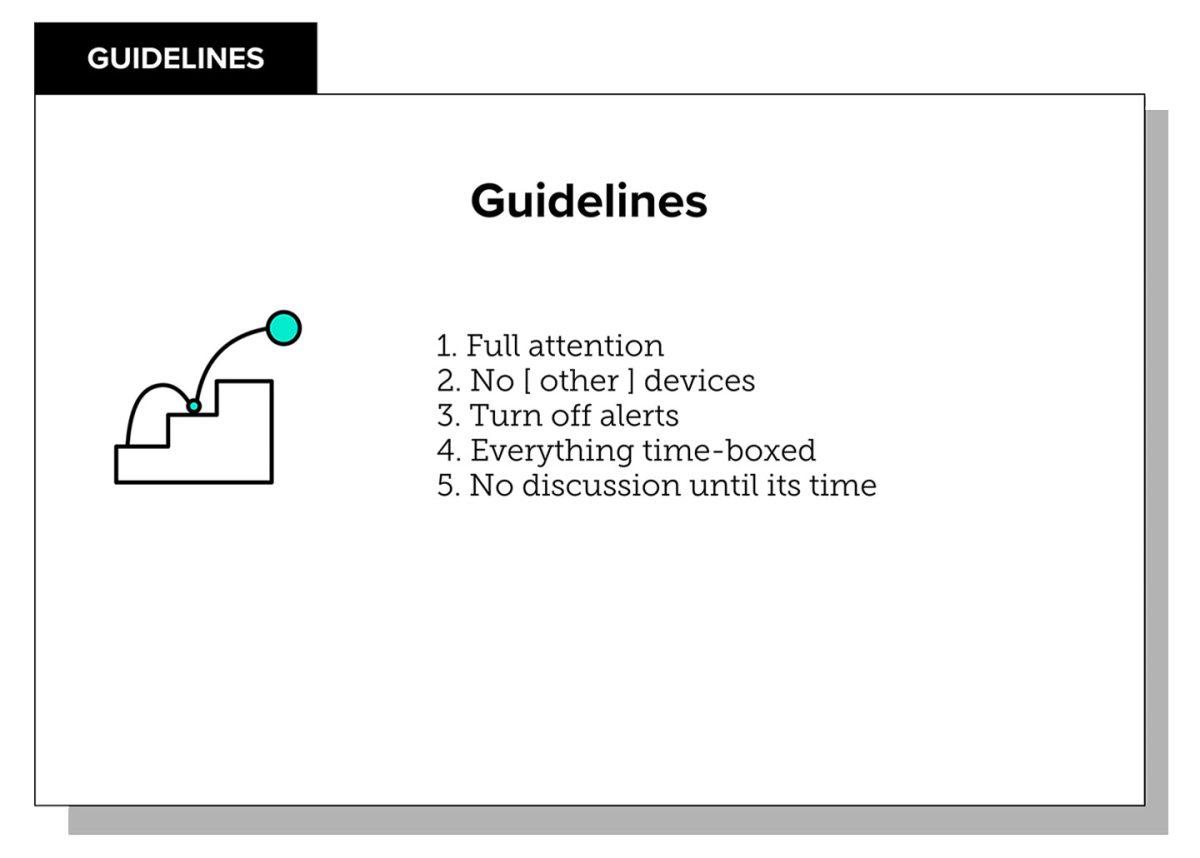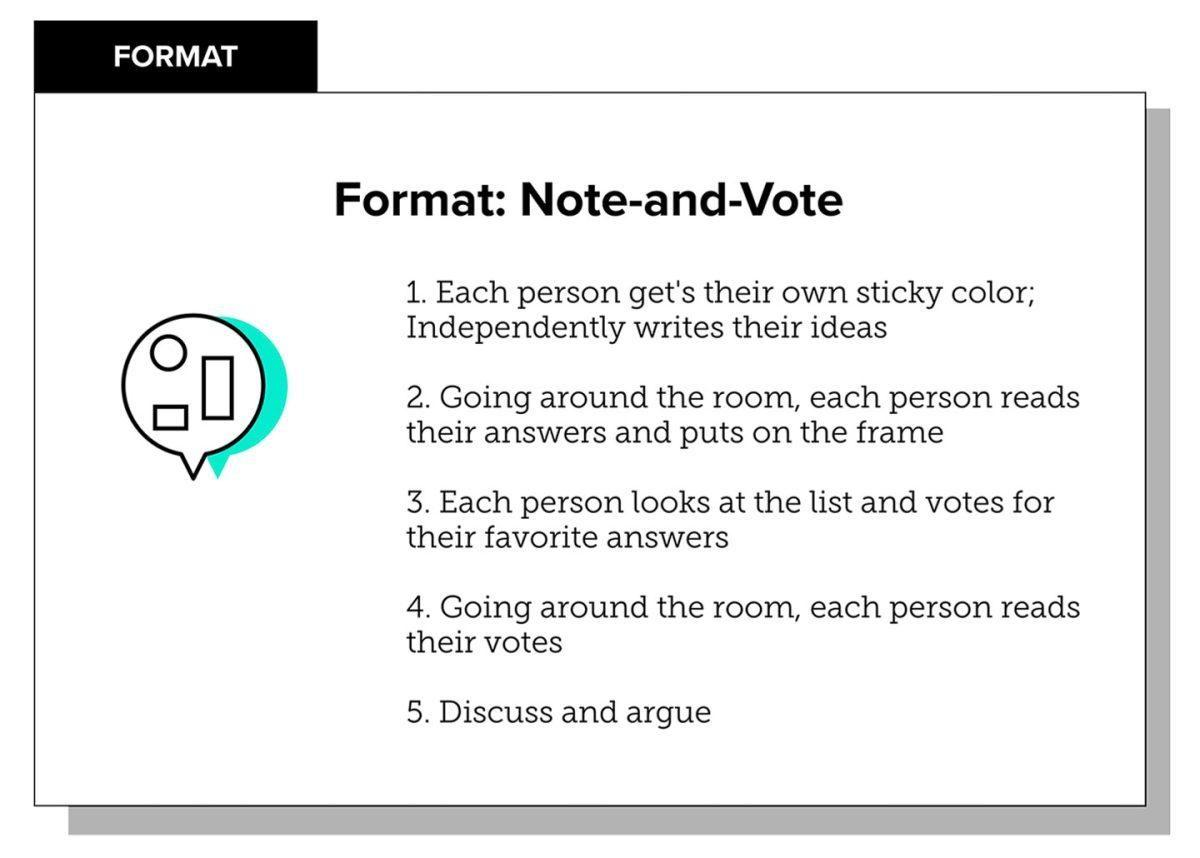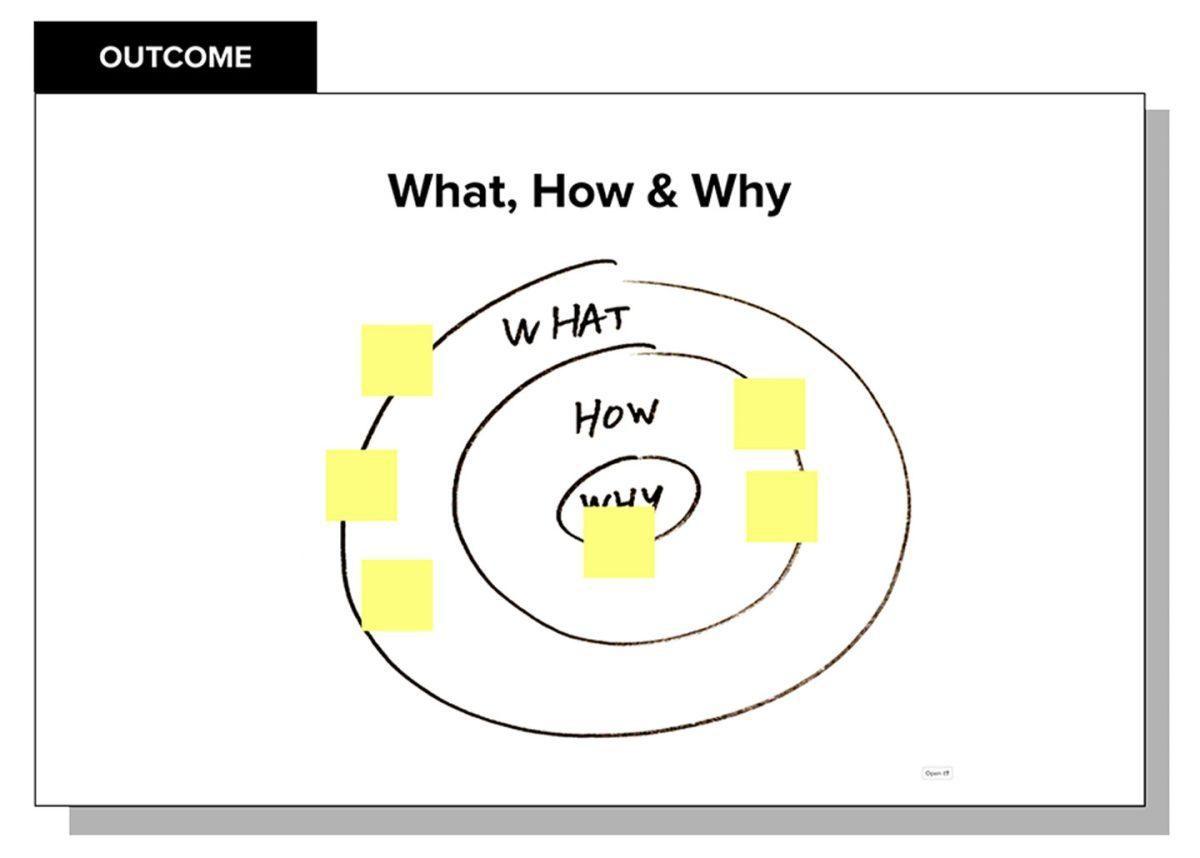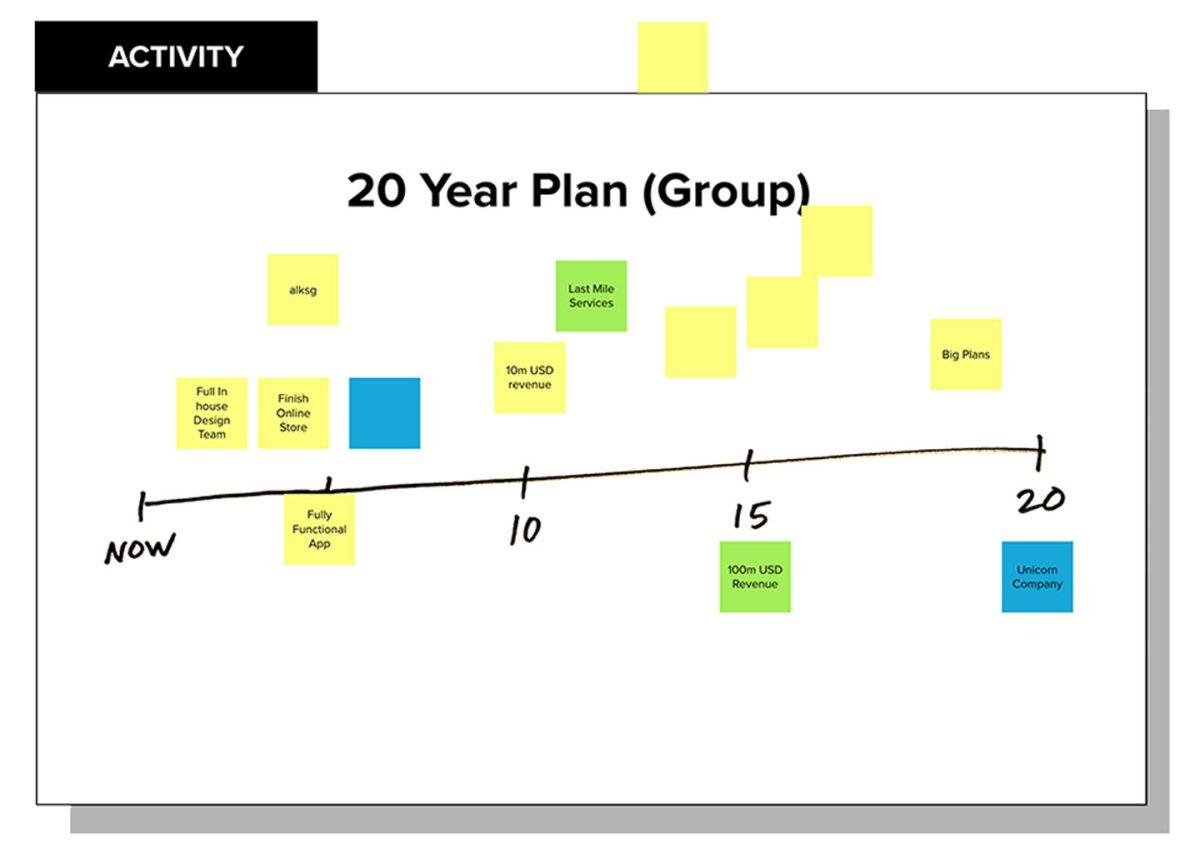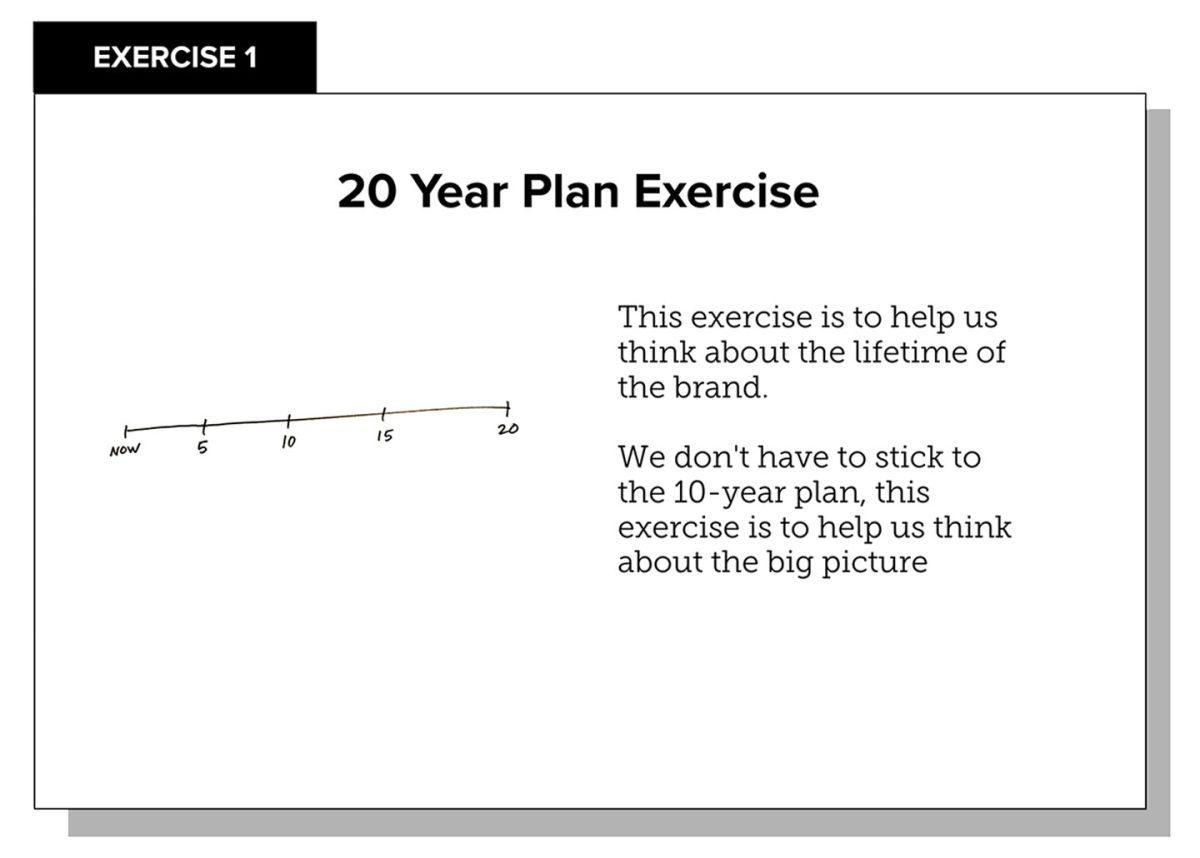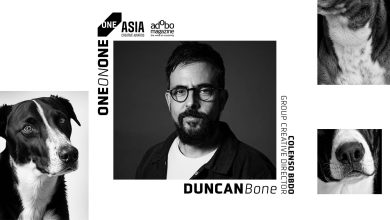MANILA, PHILIPPINES — Last year, brand strategist Yohji Kanki kicked off a new talk series by Sinigang Valley, a community focused on helping the Philippines’ tech ecosystem, with his presentation “Brand & Butter” – an open workshop on his candid take on branding and brand values.

Kanki is the CDO and Co-Founder of Gohan Concepts, the Philippines-based agency behind the branding of giant streaming platform Kumu. He has over 10 years of experience in design and brand consultancy. Having created brands in over 20 countries all over the world, he founded Gohan Concepts in 2017. In this exclusive interview, adobo’s Editorial Director Chaz Requina and Editor at Large Nina Unlay caught up with Kanki to talk about his strategy to turn brand strategy into a must-have for the Philippines and APAC.
adobo: Can you tell us a bit about how your partnership with Sinigang Valley started?
Kanki: It started in March last year when Roland, the founder of Kumu, contacted us. He called me up almost like “Our team grew so fast and our brand didn’t catch up. We have a trillion people and a trillion ideas. Everything is a mess.” I realized they had [around] 35 different shows; what you might consider sub-brands. It was a huge brand salad. Everything had a different color, a different font. Everyone was trying to fit it under the Kumu umbrella. Honestly, it’s [one of the biggest] problems our clients run into, especially tech startups, because coming up with an idea is a high point, yes. It’s easy to the point where you know you have a market, a product. But when you leave that room and this great idea and you start hiring [hundreds] of people, you need to have a real plan in place.
That was really interesting, how you said this is a very common problem that you see companies having. Is it when they scale too quickly? Is that the problem in the tech industry?
I wouldn’t even say “too quickly,” because we live in this tech world. You can’t scale slowly or every investor will kill you. So you’re sending out these pitch decks and funding stage and seed rounds, whatever you’d like to call it. To go back to Sinigang Valley, Ronald from Kumu, he kept talking about how they want to support the tech startup scene in the Philippines which I support because I think this country has amazing potential.
I’m curious about how and why Gohan Concepts opened in the Philippines? Was it because of Kumu? Did you have experience here before?
Gohan Concepts is turning five years old. I ran a small agency in Vietnam before. I’m German-Japanese. I’ve traveled for a long time everywhere, and I lived in Vietnam for five years before I came here six years ago. [We learned that the Philippines was on hypergrowth] so we gave it a shot and just moved here. Our first client was Snippet Media around six years ago, the main competitor of Kumu. [Snippet Media] actually had more downloads then and Kumu was coming to us at that point because we were the bigger, cooler guys in the market. It was the first time I met Roland.
I have a few questions about the workshop you gave at Sinigang Valley! I saw that you had an entire section about turning a business into a brand. Can you explain to me what the difference is between the two?
Absolutely. I’m going to quote myself from the workshop: A business becomes a brand when it exceeds its original offering; if you become more than your product, more than your service. If you’re not just selling shoes, but selling the idea of a better lifestyle, or a faster athlete: that’s the moment where you become a brand. Before I continue, I need to just quickly make sure that all of all the three of us are on the same page [about branding]. Branding, in one word, is an emotion. Branding is a feeling. You can’t make branding; you can’t design branding; you can’t write. Branding is someone’s feeling about you. If I want you to like me, then the only way I can do that is to be consistent about me being nice to you. And this consistency is what, maybe in the future, will be the brand. Okay, sorry, I just had to say that.
I love that you set that stage immediately. I feel like this question is probably something you encounter a lot: What is the usual misconception that you get from clients when you talk about branding?
Logo design, design, marketing… Those things are in the majority of clients’ heads. But branding is actually that thing that stands above all of it. At least 30 of the inquiries we get every day are “Hey, I need a new logo!” I have a copy-and-paste answer in my notes I can show you later. It goes something like” thanks for contacting us, [and] usually we don’t do just logos. Here’s a short text that explains what branding is. If you’re still interested, this is the price and you can get back to me.” But yes, I think mostly [the misconception is it’s] logo design. I always tell people that if Nike is going to change their logo, are you going to buy more shoes? No, you’re not.
Definitely. I even noticed that on your website, you have a list of things that you guys don’t do and I was guessing that came from inquiries.
No one reads that page! [laughs]
If you were explaining it to a client — who wanted branding, marketing, logo design, the works — how would you explain the relationship between these and branding strategy in a way that for you has been successful?
Seth Godin gave an easy example to understand that I use sometimes. Let’s choose a brand you’re both familiar with. You know Hyatt Hotels? Okay. And then let’s choose Adidas. So think of those two brands; let’s let’s flip the products. So let’s say Adidas makes hotels and Hyatt make shoes. Can you paint a mental image in your head of what an Adidas hotel could look like? Yes. Right? Like sporty, maybe white and with futuristic, minimal design. Now can you describe a shoe made by Hyatt?
Uhhhh… it’s functional? I’m having a little harder time with the highest shoe than the hotel.
Alright. So you could go broad and think okay, I’ve been in a lobby and it has got gold and chandeliers and marble, right? But then I would ask you what would be the difference between a Hyatt shoe to a Marriott shoe to a Shangri-La shoe? Hyatt doesn’t have a brand. It has a logo. The reputation of Hyatt is a five-star hotel, and that is consistent. The consistent price, consistent quality, good food, good rooms, whatever. But all these hotels competing in the same area, there’s no differentiation. But the reason you can imagine how a shoe company would make a hotel and what that hotel looks like is because you have a feeling about the company. The logo is just an identifying symbol. Logo is not communication; it’s purely identification. It doesn’t tell a story.
That makes a lot of sense to me. Could you walk us through what good branding then looks like? Maybe you could use an example. I’m really interested in the Kumu example you gave earlier about how there were so many ideas and so many different locks happening in one place, and then how you kind of distill that into a brand identity?
I don’t want to share anything [too specific] but here is something from our case study. This is not photoshopped or anything; these are two real screenshots I made from my phone. [In the earlier photo] it looks like a billboard company, showing off all the different clients. There is zero consistency. I have to go back to what I said earlier about the solution for good branding being consistency. How can you expect any of your followers and potential customers to recognize Kumu in the digital world when everything looks like an ad or a promo? That was another [discussion] we had, where we were like: look, partnerships are great. And we know [companies] need them. But you can’t be bullied by big companies [who say they will only] partner with you if they take over the entire post. That’s so harmful. Of course, you want to help; of course, you want to find a way to make a good deal with everyone. But taking over half or even the full space with another company’s logo so that you just basically become a digital billboard on social media and getting a little bit of traffic, that’s horrible. That doesn’t bring you any value.

On this slide with the two feeds, did they feel like the Kumu community was engaging differently? I can only imagine how it was before it’s like they’re tapping different communities. Are there any KPIs or anything that you can share with us about changes in engagement?
I can’t [share] numbers, the only thing that I can positively report is that I’ve seen many people like and follow the pages on both Facebook and LinkedIn. And they are also always reposting the highlight stories. So, those people are starting now to use the Kumu [color] blue; the blue that we determined as our brand primary color. So that was one of the happiest moments for me: to [be able to] say, look, we communicated this for many, many months, fairly consistently, and now people understand: this is Kumu blue. If people want their video recognized as cool, [they understand they] need to use this color. For the logo, Carlito had, luckily, so much fame already that just erasing the details, and just going literally with a silhouette was enough. Just a perfect simplification of what they have communicated by themselves for such a long time. I’m waiting for the next guy to have this tattooed on his arm. I think they already have a few people who [have].
I was interested in what you said earlier about how in the beginning Kumu was giving so much of their [digital] space, even visually, to the people that they wanted to partner with. I feel like that’s common in the Philippines, collaborations and partnerships, that brands almost make themselves more adaptable. Do you see a change in mindset in the companies you work with when they finally understand that being a brand and having something [memorable] will actually help them get more beneficial partnerships in the future?
Honestly, those are the moments that we live for. Getting those “aha!” moments out of our workshops with the founders and they say, “Ah, shit, right. That makes much more sense.” Those moments, I don’t care how much you pay us like, they are just phenomenal.
I’m curious about some of those “aha!” moments. Can you give an example of something [fairly basic] but which has helped a person just shift their perspective?
A big one is always when we have our very special exercises about mission, vision, and so on. Most CEOs probably have a mission and vision somewhere written down in the last page of their business plan. But no one uses them, and no one puts any energy into them. Almost like they think it’s somehow a requirement to pay your taxes or something like that. But if you put two or three hours with your entire team to think about it, like, “Hey, guys, honestly, why do we get up in the morning? Okay, and how can we use that?” If you are clear on that in the beginning, if everyone knows that the vision is to improve the lives of Filipinos through easy payment, digital payment (or whatever it is, right?) that’s a huge, huge deal. It’s powerful.
Can we dig into how your discovery process is different from your workshops?
Let me show you an example. This is a demo board; this is how we run it. Even before Covid-19, we were running these completely digitally. We just learned that this is more effective. There are super basic exercises that we run [based on guys like] Simon Sinek and his golden circle. Top values, audience personality, competitive landscape… These are really, really basic. Every [good] brand strategist in the world will do these exercises with you. It’s funny that sometimes on the first day we solve so many problems because this is not cheap. None of our services are under 700,000php. And it’s a lot of money for some Filipino companies, especially for startups. But what happens if you commit to such a big step in your brand-building journey is that everyone in the company will say, especially the founders who paid for it: “Guys, we never talk about ourselves, okay? We just paid a bunch of money for this, so we need to make sure everyone is in this room. Everyone listens and focuses. Not numbers, not finance, but our brand and what we want to communicate.”
I feel like a lot of brands, when they try to use something like this [demo board], automatically they think about information coming from the user. My old creative director used to say sometimes we do things a certain way, because as people within the brand, you want to train your readers or your users to use something some way. [Anyway] I love it. This is great, but I think it’s rare that a company would do it this way.
Yeah, one of the last things I can say is, if I’m being 100% honest — and this is one of the things that I’m struggling with — it’s that this service I’ve been showing you is not sellable. You can’t sell this stuff. If someone comes to you for a logo, and you try to push them towards brand strategy that has never worked. It’s like you’re going to a tire store and they try to sell you the car. Even if the mechanic 100% knows your car will break down, if you want a tire, you will get a tire. So you know, writing blogs, being a little bit more visible, partnering with the Sinigang Valley guys is the only way for me to help the Philippines and the world build better brands because it needs to come from the client side. I can’t do anything about it. You have to understand that branding is a feeling and consistency is the goal. I’m not struggling for clients but I’m struggling to find amazing visionaries like Roland and his team, really understanding that this stuff will just fix so many things.

